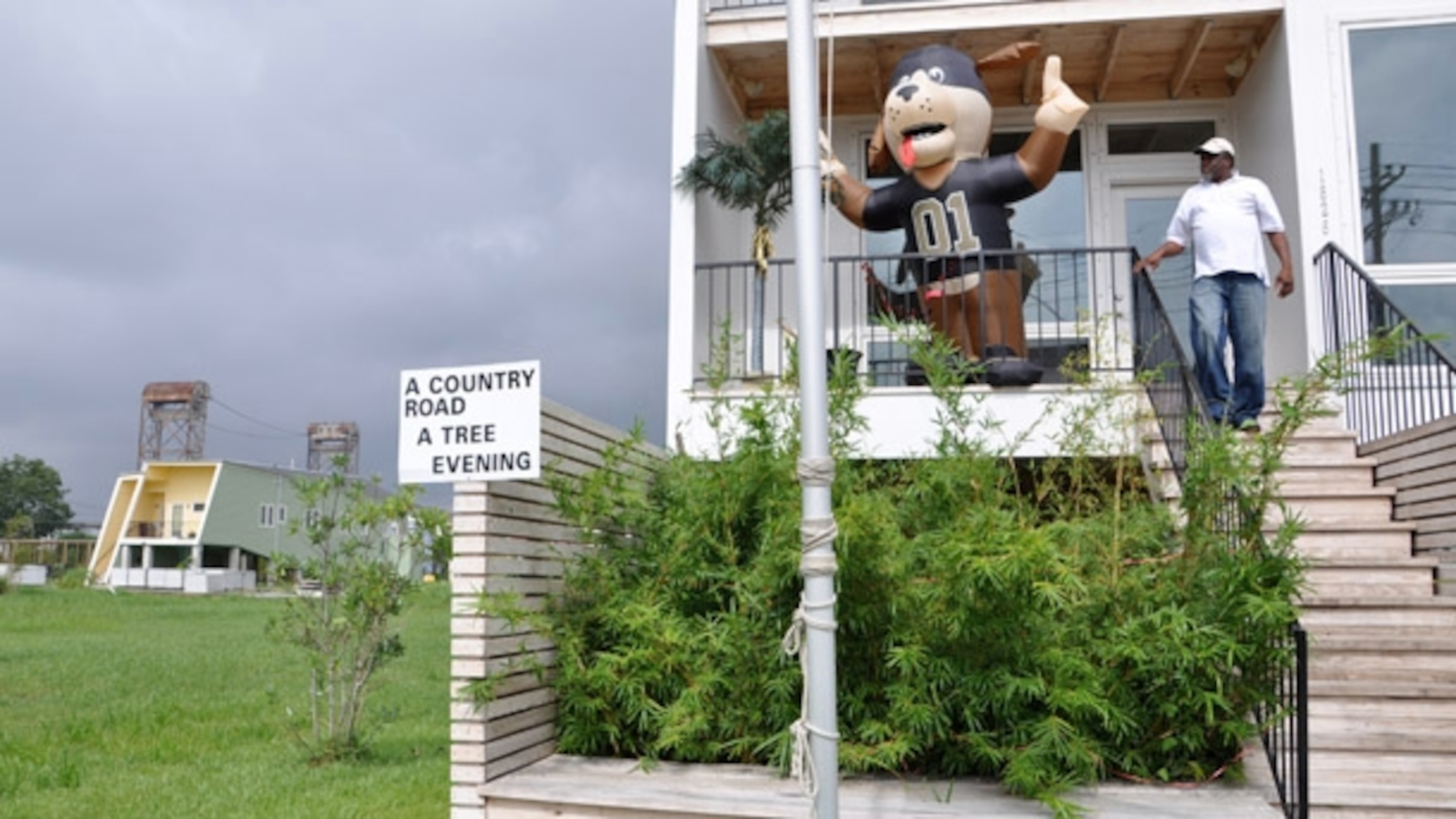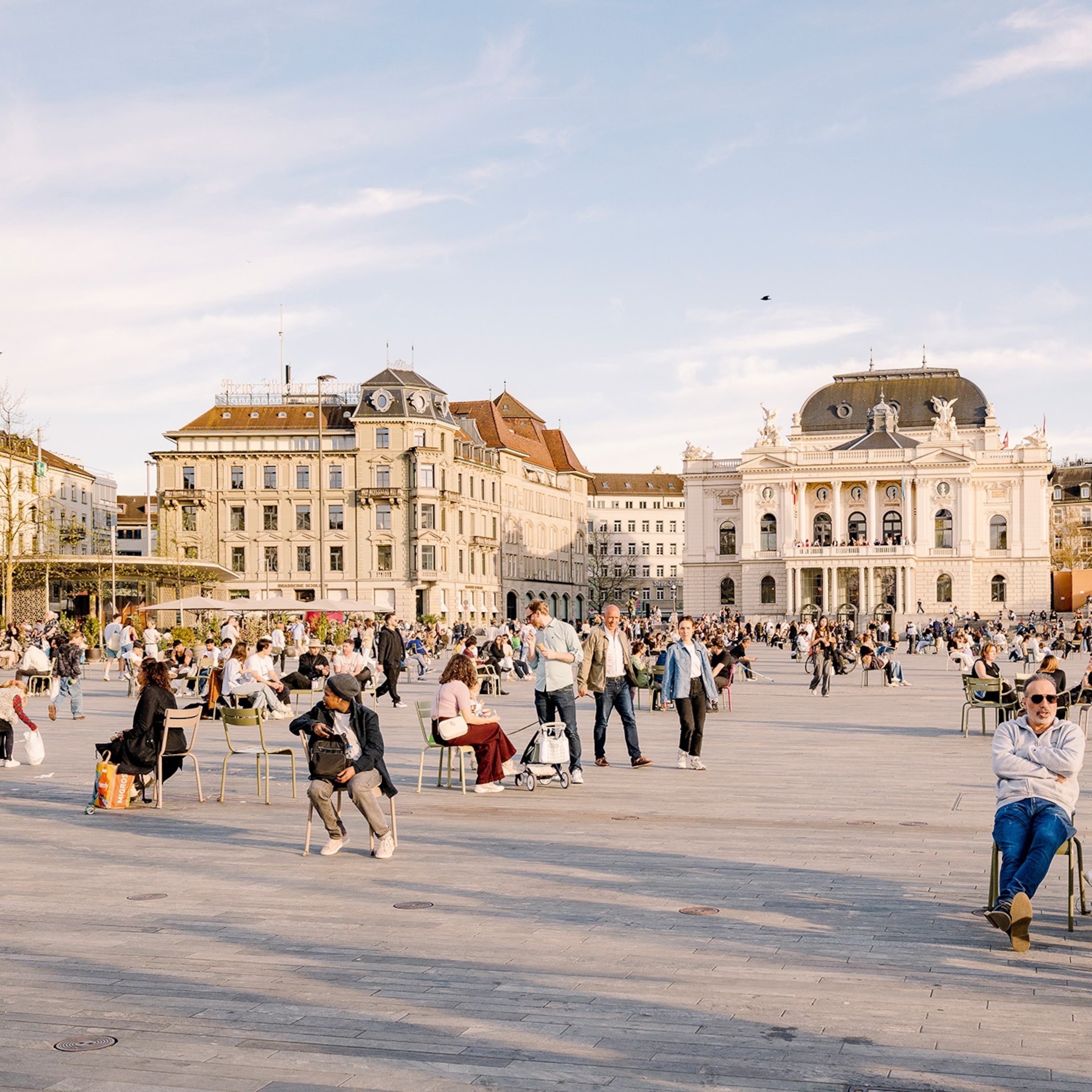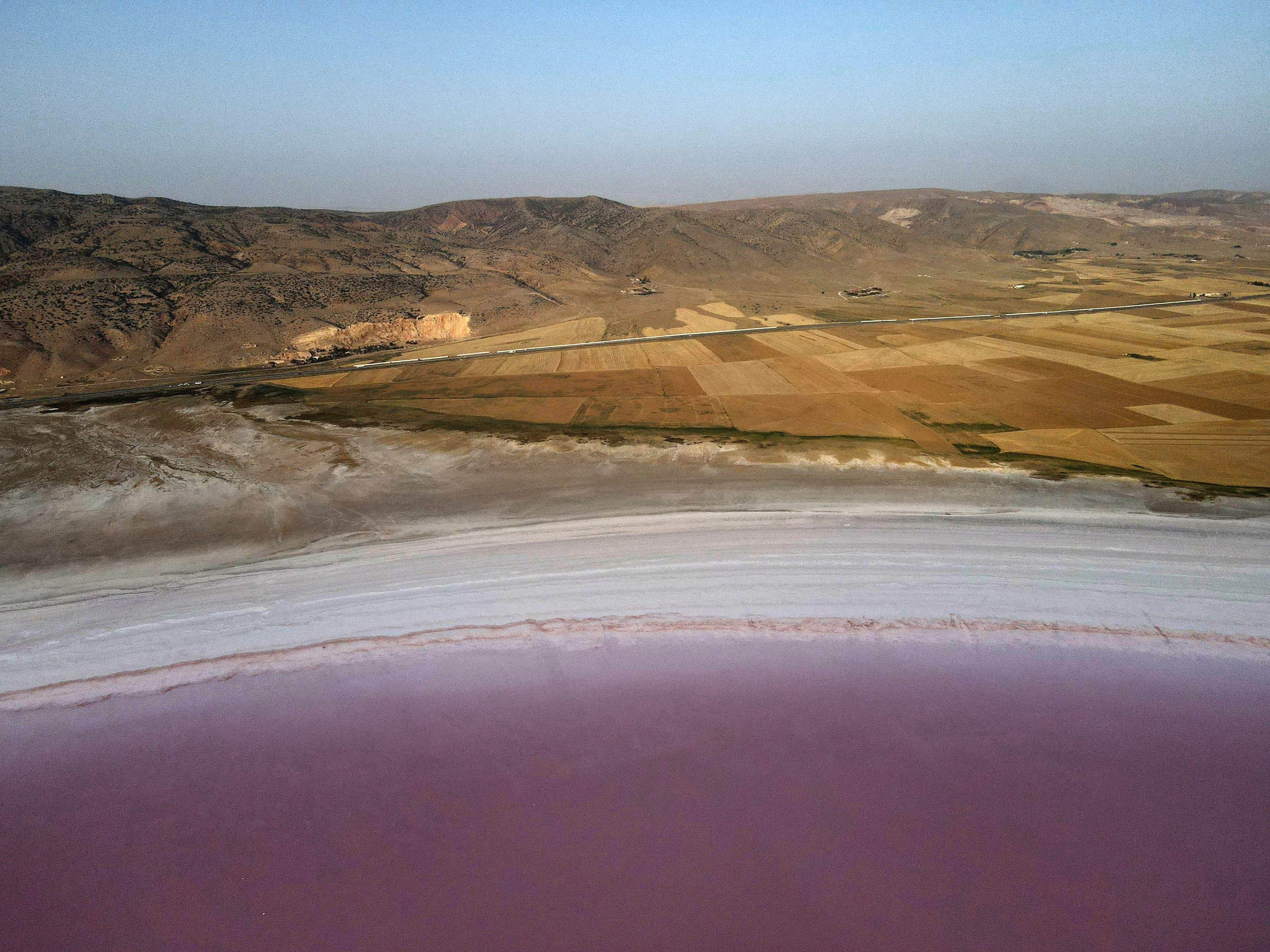
Post-Katrina Green Homeowners Barred From Recycling Water
Some re-use systems in New Orleans’ green homes are outlawed by the state
This story is part of a special series that explores the global water crisis. For more, visit National Geographic's Freshwater website.
Memories of floodwaters in New Orleans’ Lower Ninth Ward are still fresh in the minds of those displaced by up to 20 feet of Hurricane Katrina storm surge as it poured through a levee break there five years ago.
It is not surprising that people in this lower-income neighborhood on the banks of the Industrial Canal have a tenuous relationship with water.
Many of the homes that Katrina didn’t wash away were destroyed by mold the flood left in its wake—not to mention the soil contaminants and mosquitoes that rode in on the wave.
(Look at before-and-after photos of the region damaged by Katrina, including the Lower Ninth Ward.)
While the tragic disaster left a scoured slate for architects and developers looking to incubate sustainable building projects and ideas, innovative water re-use systems implanted in many of the new green homes have not been as well received as some of the other eco-friendly features, such as solar panels.
Several homes in the two most advanced green communities—the Make It Right development spearheaded by actor Brad Pitt, and Global Green, former Soviet President Mikhail Gorbachev’s project just a few miles south in the Lower Ninth Ward’s Holy Cross neighborhood—have 1,000-gallon underground cisterns to collect New Orleans’ copious rainwater. The plan was to use solar energy to pump water from the cisterns into a separate plumbing system that would be used to flush toilets.
But the state of Louisiana has outlawed such cistern and non-potable water use for nearly a century, and has not changed its stance, citing public health concerns. The law was written when mosquito-borne illnesses such as yellow fever washed through the area like a storm surge, according to Lousiana Department of Health and Hospitals (DHH) Clyde Carlson, a district engineer who now finds himself in the middle of a water re-use debate in New Orleans.
A Fear of Water
The historic fear was that poorly maintained water systems would serve as breeding grounds for infected mosquitoes, contributing to the spread of disease, Carlson explains.
While yellow fever is no longer a threat, West Nile virus is, says Gordon Austin, chief of environmental affairs at the New Orleans Sewerage and Water Board, which would administer any water re-use programs at the city level.
DHH’s number one public health issue now, explains Carlson, is contamination between the non-potable rainwater running into toilets, and the potable water used for faucets and showers. Along with contamination and mosquitoes, state regulators also worry about mold and algae growth in tanks, toilets, and pipes; excessive saturation of yards; and improperly maintained or abandoned systems.
With plenty of water in New Orleans, the Sewerage and Water Board’s Austin says he doesn’t understand the need for water re-use. “From a practical standpoint, it is cheaper and safer to stick with the current [water] system,” he says. The cistern-to-toilet system “doesn’t fit here; it is the artifact of an out-of-town designer.”
DHH’s Carlson adds: “What makes sense in Arizona may not make sense in New Orleans.”
But green building advocates and developers say that the separate parallel plumbing systems for cistern water and treated water coming from the city are fail-safe and the cisterns could play an important role in stormwater management, an issue that has plagued soggy New Orleans for just as long as disease-carrying mosquitoes have.
When It Rains It Pours
Cisterns, if widely used, could capture thousands, if not millions, of gallons of stormwater runoff that would normally inundate paved areas and flush oil and other pollution into the Mississippi River, explains Tim Duggan, a landscape architect with the Make It Right development.
New Orleans’ was constructed in what the Sewerage and Water Board calls a “saucer.” All of the levees built to protect the city from flooding also keep all of the rainwater in.
Draining the city—which is largely below sea level—after storms is a highly engineered and energy-intensive process that requires more than 20 drainage pumping stations and 200 miles of canals that can move up to 29 billion gallons of rain and flood water a day.
Still, every time it rains, in neighborhoods rich and poor, the sewers back up and the streets flood, says Anisa Metzger, New Orleans green building coordinator for the U.S. Green Building Council.
A Portfolio of Options
“I want to see flooding eliminated, if not mitigated, in all of New Orleans,” says Carlson. But, he adds, he doesn’t think the city can rely on cisterns alone.
This is where the state, city, and green developers align. Make It Right and Global Green are using a suite of stormwater management and water re-use strategies that include porous concrete to slow the flow of runoff, and landscaping that helps to absorb rain.
Cities and states are slowly starting to approve more water re-use and rainwater systems, says Matt Petersen, CEO of Global Green. “We’ve know for generations and centuries this is a critical part of how we deal with storm water runoff, water shortages, and the general need to use less water in so many of our communities in America.”
Lisa Faust, director of communications at DHH, says the state will continue to work with groups such as Global Green to come up with a cistern design that is suitable for the damp New Orleans climate and that can serve as a demonstration project and test for whether this new application of ancient cistern technology can be used safely.
In the meantime, some cisterns will remain unused and the focus will turn to landscaping. Many of the new green homes are embellished with verdant rain gardens full of reeds and other wetland plants—an idea that seems odd to some of the residents. When asked what a rain garden is, Make It Right resident Robert Green responds with some hesitation. “What is it? Make It Right has some ideas that don’t fit into a black man’s scheme... It’s a rain garden.”
For more on solar energy in New Orleans' new green communities, read "For Hurricane Katrina Victims, a Solar Restart."
For an overview of green rebuilding efforts, read National Geographic News' in-the-field report: "Five Years After Katrina, Green Homes in Low-Income Neighborhoods Just Starting to Sprout."








